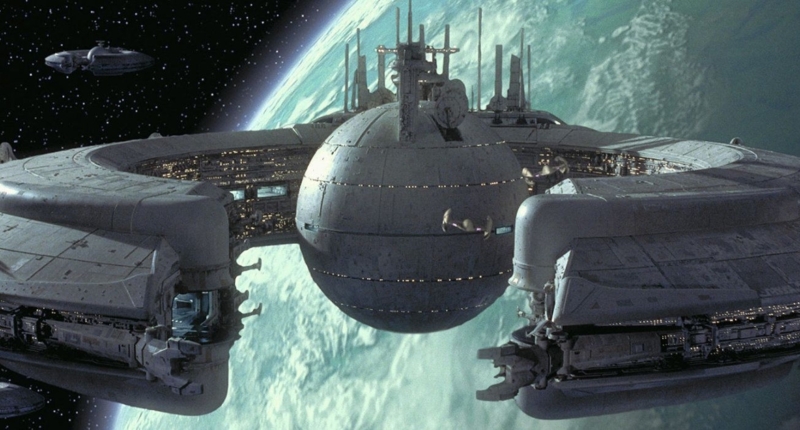Star Wars’ space blockades prevent hyperspace travel by guarding the specific points where ships can safely jump to and from light speed. This makes blockades trickier than they seem. Few fleets have enough ships to guard an entire planet’s surface; hence, they must guard the hyperspace lane, which leaves pilots with limited options. Interdictor cruisers and planetary shields are deadlier than the regular blockade. Planetary shields are expensive and mostly used to defend more valuable military assets. The limitations of hyperspace travel leave the vast majority of space travelers forcibly tied to the rules of those who control the hyperspace lane.
The Complexity of Star Wars’ Space Blockades Explained
Star Wars space blockades have always been a source of confusion for fans who think logistically about them. At first glance, it appears that ships should be able to fly around blockades no matter how large they are. However, there is a good reason why this is not as simple as it seems.
The blockade around Naboo during Star Wars: The Phantom Menace provides an excellent example. The Trade Federation placed a few battleships to block all trade going to and from Naboo in protest of the Republic. From afar, the blockade looked like a minor inconvenience, with just a few ships huddled together above the planet’s orbit. However, there is more to a blockade than meets the eye.
Much like blockades on the ground, a blockade in space is designed to limit travel coming to and from a location, in this case, a planet. However, as few fleets have enough ships to guard an entire planet’s surface, they must guard a vital point of travel – the hyperspace lane. Star Wars hyperspace travel is done along pre-plotted lanes deemed safe to travel. Therefore, there are only a few points where ships can safely jump to and from light speed. If a blockade is guarding these specific points, ships cannot make a jump without the risk of traveling uncharted space.
This leaves pilots with only a few options: fly straight through the blockade to the hyperspace lane and hope to survive or simply wait until the blockade is gone. After the Clone Wars, blockades became even deadlier with the creation of Interdictor cruisers. These Imperial starships carried a specialized technology that could pull other surrounding ships out of hyperspace. Hence, with a single well-placed Interdictor along a hyperspace lane, any ship attempting to leave the blockade would be plucked out of light speed.
Therefore, the notion that ships can fly around blockades to safety is technically true but far more dangerous than it seems. Star Wars’ space blockades prevent hyperspace travel by guarding the specific points where ships can safely jump to and from light speed. Hence, it is imperative to guard the hyperspace lane, which ultimately makes blockades trickier than they seem.
The Tactical Advantage of Star Wars’ Space Blockades
Star Wars’ space blockades hold a significant tactical advantage over enemies, and they are not as silly as they seem. The blockades prevent hyperspace travel, leaving pilots with limited options. Interdictor cruisers and planetary shields are deadlier than the regular blockade. The planetary shields are incredibly expensive and used to defend more valuable military assets. This emphasizes the limitations of hyperspace travel, leaving the vast majority of space travelers forcibly tied to the rules of those who control the hyperspace lane.
Don’t miss interesting posts on Famousbio

